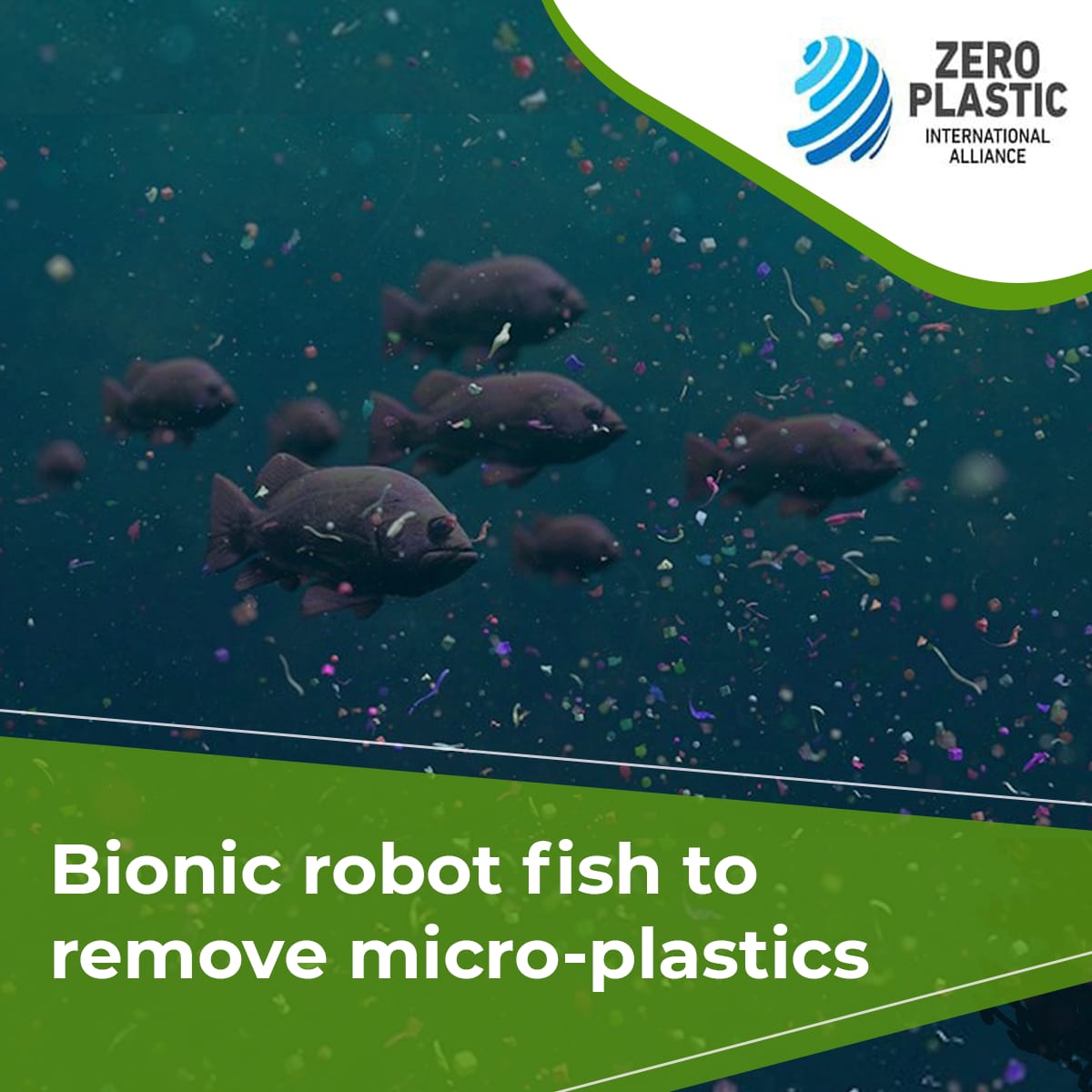
Bionic robot fish to remove micro-plastics
A team of researchers at the Polymer Research Institute at the University of Sichuan has been able to reduce the problem of plastics, a powerful environmental problem that is exacerbated by the current globalization. That is, they have released a bionic robot to remove the microplastics that have polluted the ocean. It is a robotic fish powered by the ability to remove floating, residual micro-plastic particles.
It is programmed to detect and remove plastics floating in seawater. That is, small plastic particles stick to the machine. For example, This machine cleans the delicate parts of things like water bottles, tire pieces, and synthetic t-shirts.
This robot fish is about thirteen millimeters in length and has the movements and flexibility of a normal fish. This light bionic robot has a very light laser system attached to its tail, which is a very efficient feature.
This robot can swim and fly at speeds of up to 30mm per second, similar to the speed at which a moving particle floats on water. This is made up of elements that are inspired by the elements that thrive in the sea. These plastics pose a serious threat not only to humans but also to animals and the ecosystem, as well as marine pollution, the world’s largest environmental problem, as well as drinking water and such products.
This small fish, a gentle robot, has an 89% ability to automatically repair any damage to the outside. For example something like damage, a cut, or an accident.
This robot has the power to pull about 5 kg of plastic. This absorbs clean plastic and carries the waste out of the water. Currently, the robotic fish performs its function only on the surface of the water, and the research team is working on the concept to collect the contaminant using nanotechnology and developing it into a highly efficient and complex robot that can operate even in the deep sea.
By : Dharani Rathnayake
